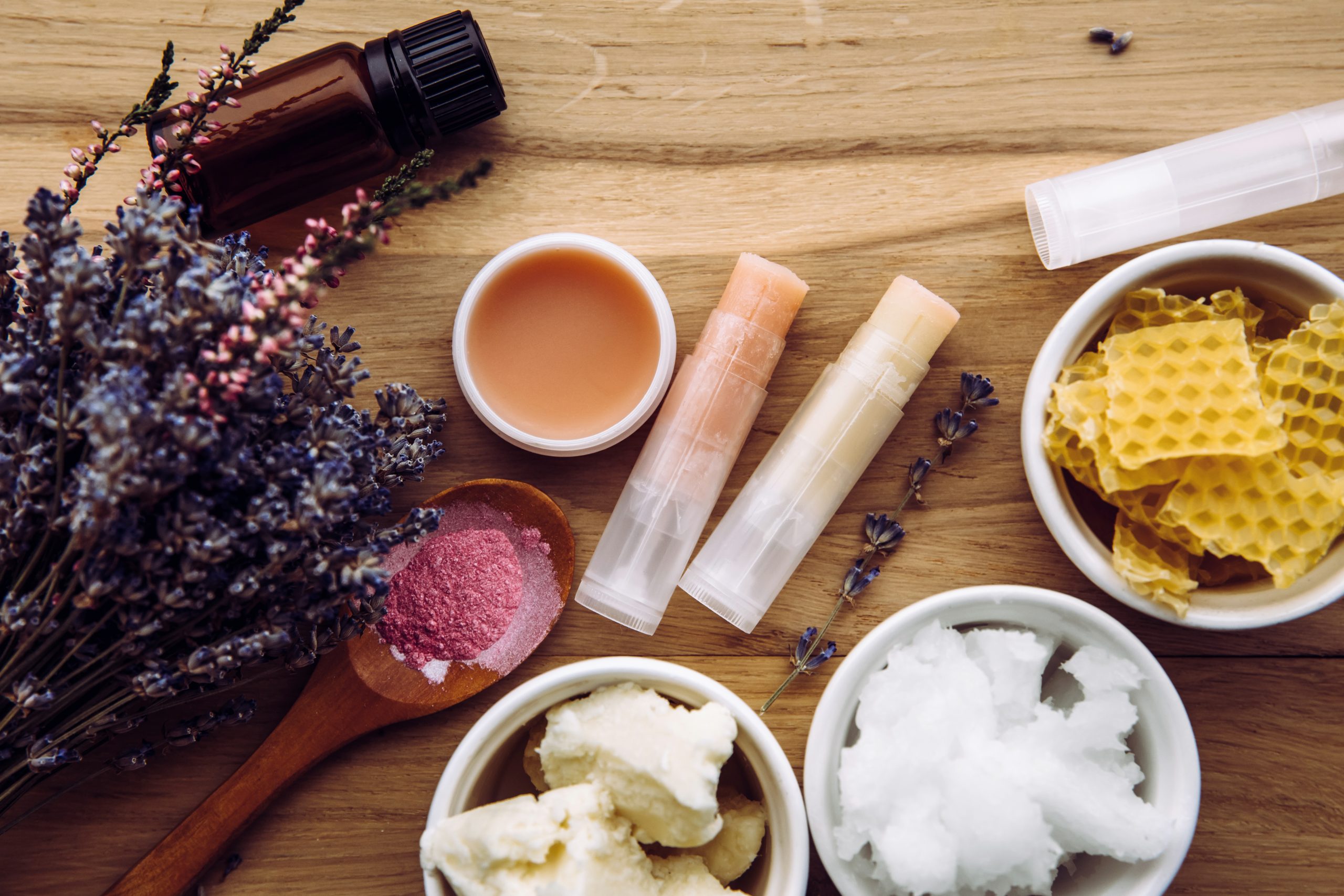Korea is the birthplace of nearly every big beauty trend. First, it gave us the 10-step skincare routine, BB and CC creams, and even snail serums—yes, you read that right. Now, the latest innovation to hit our shores by way of the Eastern world is waterless beauty, which is just what it sounds like—beauty and skincare products that don’t contain a single drop of water.
Water appears at the top of a product’s ingredient deck (it may appear as aqua). Its primary purposes are to act as a carrier to allow active ingredients in a product to activate and be delivered to the skin, improve the texture of a product, and make it more ‘spreadable’ so that it’s palatable to the consumer. Yet, with more conscious consumers and green initiatives seeping their way into all aspects of the beauty industry, it was only a matter of time before the beauty industry created a way to use less water in beauty products. Hence, the birth of waterless beauty.
WHAT’S IN IT IF NOT WATER?
Rather than using water as the base of the formulation, waterless products contain waxes, oils, extracts, or butters. When water is the base ingredient, it can compromise a whopping 60 to 80 percent of that product. When oils and extracts are a product’s base, the most popular ones include aloe vera extract, olive oil, and flower-based extracts, too.
And just because water isn’t a key ingredient in these products doesn’t mean they aren’t available in liquid form—they are. So anything from serums to lotions to creams and cleansers can take on the properties of a water-free skincare product. They also come as balms, powders, sticks, and solids (sometimes solid products require water to activate the product, like bar cleansers and shampoos).

IS IT THAT MUCH MORE SUSTAINABLE?
For the most part, waterless products are more sustainable. But every product is unique, so several factors dictate its sustainability factor. Without using water as a critical component of a base formulation, there’s less need for synthetic preservatives (water can breed bacteria), making waterless products more natural and bogged down with fewer artificial ingredients. Plus, waterless products veer on the side of a reduced carbon footprint so expect to find less packaging—that can mean no inserts or secondary packaging like boxes—with these types of products. Sustainability sits at the forefront of these brands’ and products’ DNA.
However, it’s important to understand that not every waterless product follows a specific standard. For that reason alone, it’s essential to understand a brand’s philosophy and standpoint on how and where it sources its ingredients. Less water in beauty products means more water for the Earth.
But just because a product may be better for the environment doesn’t necessarily mean it’s cheaper to the consumer or less expensive to manufacture. For example, innovations in the beauty industry often come with added expenses since the practice is still green, and the prices may be higher than standard methodologies. And even when using eco-conscious manufacturing methods, they still may necessitate water to run and clean the machines involved in making a product and all of its components.
THE SECRET BENEFITS
No water allows for a more concentrated formulation, which means a more potent product (potency is not equivalent to efficacy) with a longer shelf life. As if that isn’t enough to make you consider switching to waterless products, consider the fact that these versions can lead to skin that’s more glowy and hydrated than their water-based counterparts since there’s no stripping of the natural oils or protective skin barrier. In turn, the skin stays better hydrated, and it looks healthier, too.
Since most water-free products count botanical and plant extracts or oils as the building blocks of the formulation, these ingredients, unlike water, are chock-full of antioxidants, vitamins, and reparative and regenerating agents that are good for the skin. So, in addition to doing something good for Mother Earth, you’re also doing good by your skin and feeding it with essential nutrients to make it stronger, more resilient to damaging elements, and fortifying its protective barrier.

Another reason why waterless may be better is that water, which acts as a carrier for active ingredients, dilutes them in the process. That’s not to say that actives are completely watered down and ineffective if a product contains water, it’s just that there’s a greater chance for the main ingredients that work to brighten, rejuvenate, clear, or tighten and firm the skin to be somewhat weaker.




